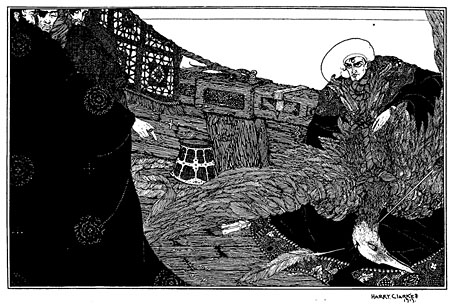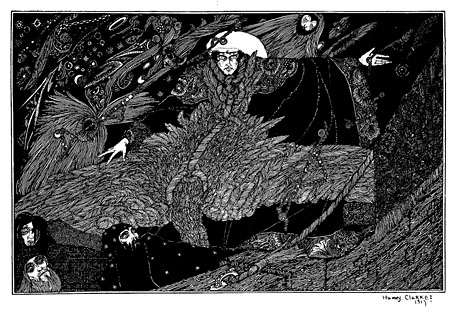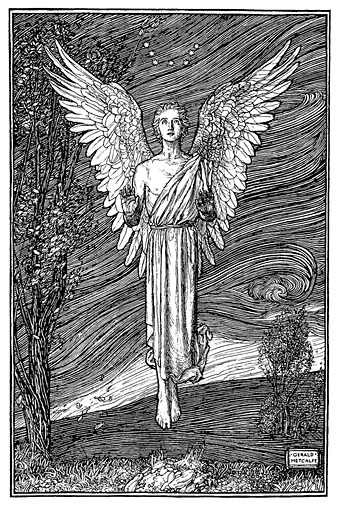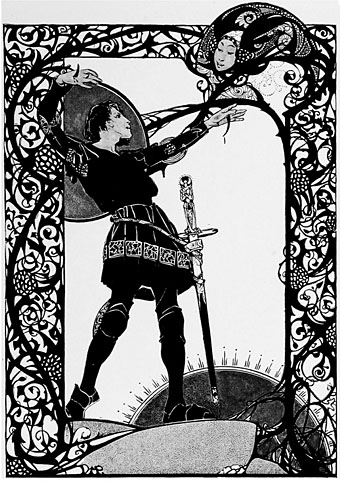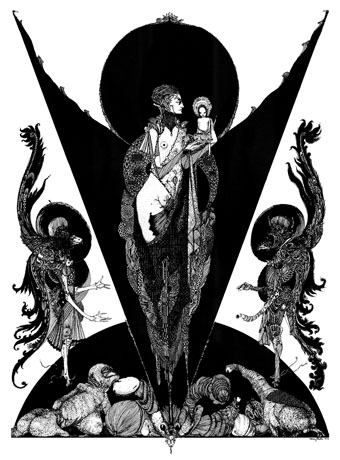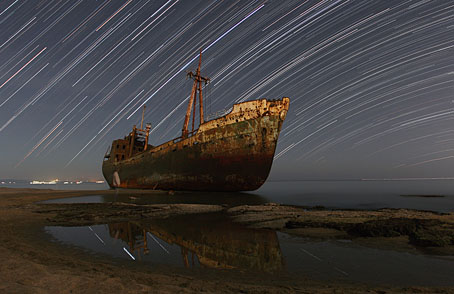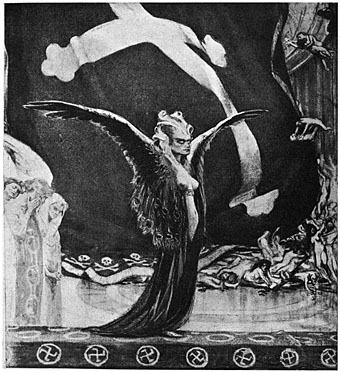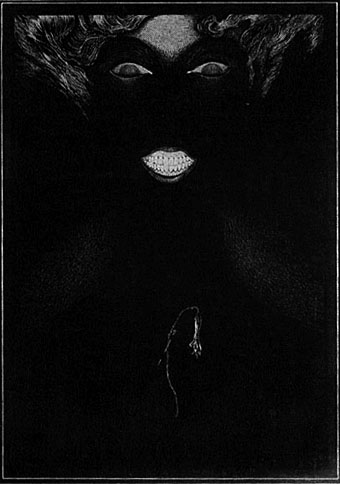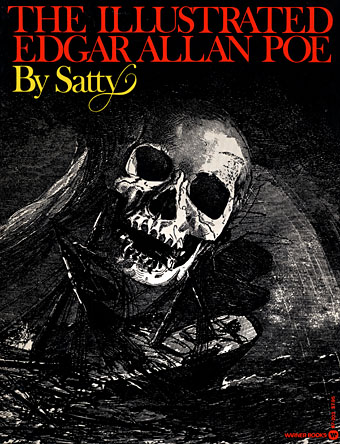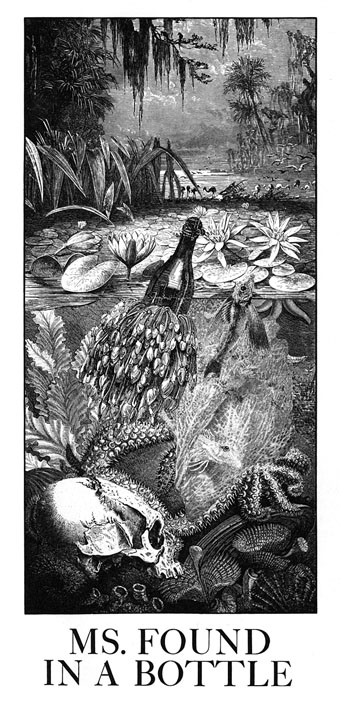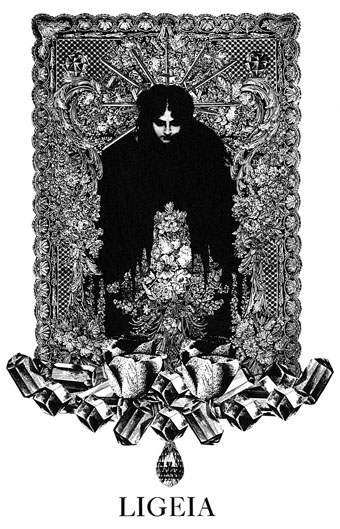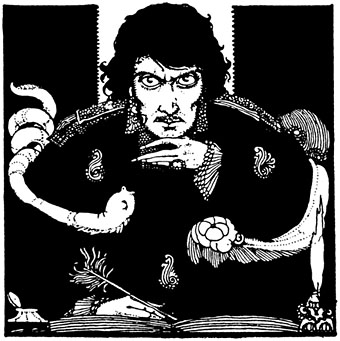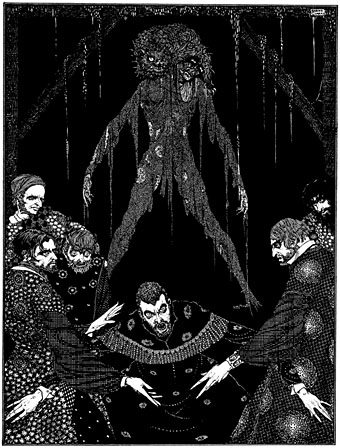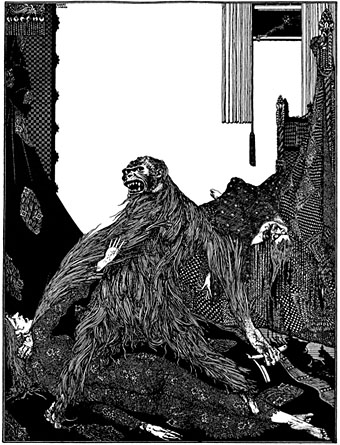The Rime of the Ancient Mariner by Harry Clarke.
Some samples from a collection of mostly black-and-white drawing at the Internet Archive, Modern Book Illustrators and Their Work (1914), edited by C. Geoffrey Holme & Ernest G. Halton. This was an illustration review produced by The Studio magazine and in this edition happens to feature two pieces of work from Harry Clarke’s The Rime of the Ancient Mariner (1913). Also at the Internet Archive is an earlier Studio publication, Modern Pen Drawings: European and American from 1901 from which I’ve selected Patten Wilson’s hyper-detailed rendering of Rustum and the Simoorg, a fantastic piece of work in every sense.
The Rime of the Ancient Mariner by Harry Clarke.
From The Poems of Coleridge by Gerald Metcalfe.
La Belle Dame sans Merci by Dorothy M. Payne.
Rustum and the Simoorg by Patten Wilson.
Elsewhere on { feuilleton }
• The illustrators archive
Previously on { feuilleton }
• Illustrating Poe #3: Harry Clarke
• Strangest Genius: The Stained Glass of Harry Clarke
• Harry Clarke’s stained glass
• Harry Clarke’s The Year’s at the Spring
• The art of Patten Wilson, 1868–1928
• The art of Harry Clarke, 1889–1931

